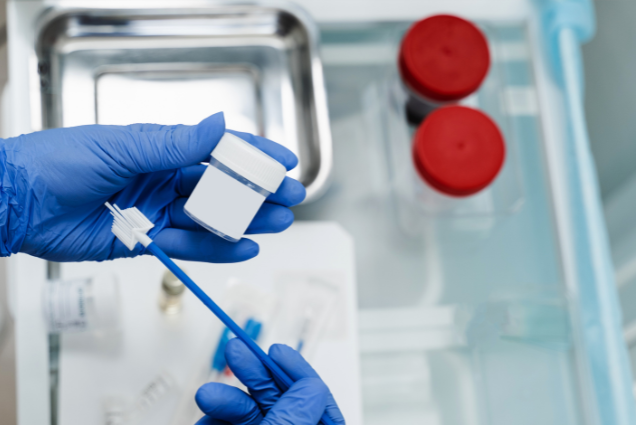What is HPV?
A topic that often comes up in conversation about women’s health is Human Papillomavirus, aka, HPV. While it may sound alarming, understanding HPV is important for your overall health and well-being. In this post, I’ll break down what HPV is, how it affects your health, and what you can do to protect yourself.
What is HPV?
Human Papillomavirus (HPV) is a group of more than 200 related viruses. Among these, about 40 types can be transmitted through direct sexual contact. HPV is the most common sexually transmitted infection (STI) in the United States. Most sexually active individuals will encounter HPV at some point in their lives, but in most cases, the virus “goes away” on its own without causing any health problems. It is important to remember, once someone has a virus, they have it for life, whereas a bacterial infection (such as chlamydia) can be treated and the person no longer has it.
How Does HPV Spread?
HPV is primarily spread through intimate skin-to-skin contact, including vaginal, anal, and oral sex. It can be transmitted even when an infected person has no visible signs or symptoms. This is why regular screenings and open communication with your partner about sexual health are essential.
Types of HPV
HPV is categorized into two main groups:
Low-Risk HPV Types: These types can cause benign (non-cancerous) conditions, such as genital warts. While they are not life-threatening, they can be bothersome and may require treatment.
High-Risk HPV Types: These types are associated with various cancers, including cervical, vaginal, anal, head, and neck cancers. High-risk HPV can lead to precancerous changes in cervical cells, which is why regular Pap smears are so important for women.
HPV and Cervical Cancer
Cervical cancer is the most well-known consequence of high-risk HPV types. Almost all cases of cervical cancer are linked to HPV infection. Fortunately, with regular screening and early detection, cervical cancer is highly preventable. The Pap smear and HPV test can help identify changes in cervical cells before they develop into cancer.
Symptoms of HPV
Most individuals with HPV do not experience any symptoms, which is why regular screenings are so important. However, some people may develop genital warts or experience changes in their cervical cells that can be detected during a Pap smear. If you notice any unusual growths, bleeding, or other changes you’re concerned about, you should schedule an appointment with your healthcare provider.
Prevention and Vaccination
The good news is that there are effective ways to protect yourself from HPV:
Vaccination: The HPV vaccine is safe and effective in preventing the types of HPV that cause most cervical cancers and genital warts. It is recommended for preteens (ages 11-12), but it can be given to individuals as young as 9 and up to age 26. If you are between 27 and 45, talk to your healthcare provider about the potential benefits of vaccination.
Regular Screening: Regular Pap smears and HPV testing can help detect any changes in your cervical cells early on. Follow your healthcare provider’s recommendations for screening based on your age and health history.
Safe Sex Practices: Using condoms can reduce the risk of HPV transmission, although it does not eliminate the risk entirely. Being in a mutually monogamous relationship with a partner who has been tested for STIs can also help.
Stay Healthy!: Maintaining a healthy diet and exercise regimen as well as not smoking or using tobacco products can help keep your immune system strong, which allows it to “fight” the virus and keep it dormant.
Conclusion
Understanding HPV is essential for every woman’s health journey. While HPV is common, the potential health risks associated with high-risk types emphasize the importance of screening and prevention. If you have questions about HPV, vaccination, or your screening schedule, please don’t hesitate to reach out to your healthcare provider. Remember, knowledge is power, and taking proactive steps can help protect your health!

